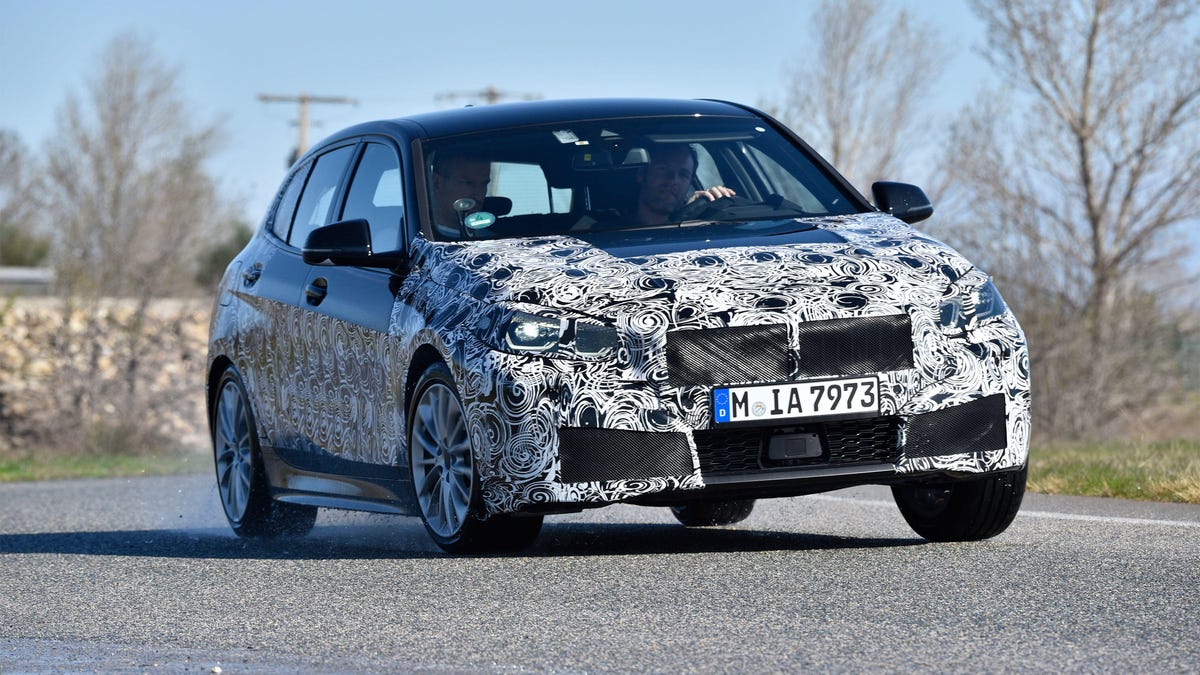Next-gen BMW 1 Series goes front-wheel drive, has up to 306 hp
The new 1 Series is still "a genuine BMW," the company promises.
BMW is putting the next-gen 1 Series hatchback through its paces at its proving grounds in Miramas, France, and there's a big change in store underneath. Unlike past versions, the next 1 Series will be primarily front-wheel drive, though all-wheel drive remains an option.
The move to a front-drive architecture had been expected and does come with several advantages over the old rear-drive layout. For instance, BMW says that cargo space has increased, while second-row legroom is up to 1.3 inches and headroom improves by 0.74 inch. And despite the change in which wheels are driven, Peter Langen, head of dynamics at BMW Group, said in a statement that, "The BMW 1 Series will be a genuine BMW with an individual character."
The automaker is also decidedly not giving up on sporty 1 Series models, as the next M135 xDrive will have 306 horsepower, thanks to a 2.0-liter inline-four turbocharged engine. On top of that, BMW says the new 1 Series has improved torsional rigidity, aided in part by special new bracing like a "boomerang strut" at the rear of the car.
The new 1 Series hatch is stiffer and more spacious than before.
To enhance sportiness, the BMW 1 Series also gets new electronic controls. That begins with the "actuator contiguous wheel slip limitation" tech introduced on the i3s electric car. By combining the traction controls into the main engine-management computer, rather than a separate controller, BMW says signals are transmitted three times faster. The result is that the driver perceives traction-control intervention 10 times faster than older systems, BMW says. The car will also use brake intervention to both reduce power understeer and induce yaw to help make the car more agile through bends.
We expect to see the new BMW 1 Series shed its camouflage for a full reveal later this year. The current 1 Series hatchback is not sold in the US, and we don't expect that to change with the next-gen model. However, we will soon get a front-wheel-drive BMW car in the form of the 2 Series Gran Coupe. Heretofore, the 2 Series coupe and convertible were rear- or all-wheel-drive.


